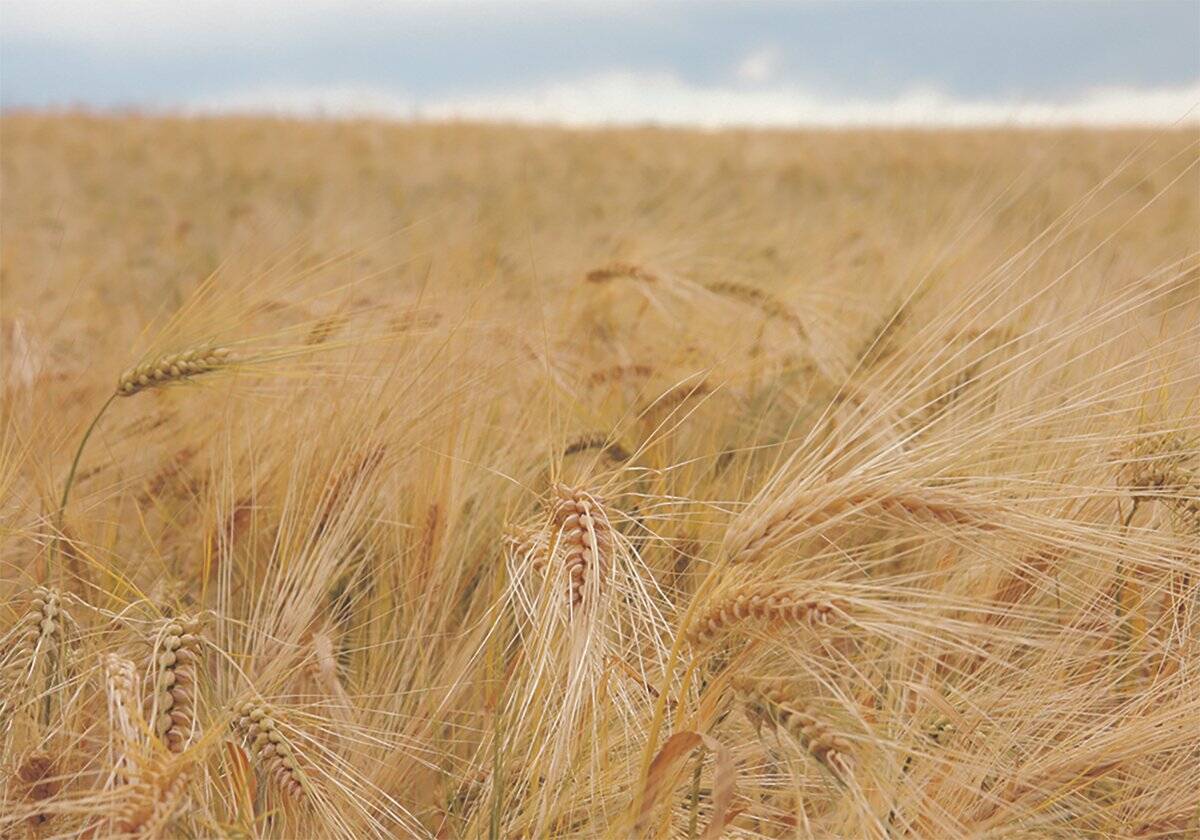The U.S. Department of Agriculture will still require certificates of origin for fresh peppers imported from Canada, but will now require them to say where they were grown, not where they weren’t.
Starting Thursday (Oct. 22), USDA is allowing imports of fresh peppers from Canada if they come with an “industry-issued” certificate of origin declaring they were grown in Canada, the U.S., Mexico, Belgium or the Dominican Republic.
USDA had previously declared, effective Oct. 14, that imports of fresh peppers would have to have certificates of origin issued by the Canadian Food Inspection Agency (CFIA) stating that the peppers were not grown in the Netherlands.
Read Also

Feed Grain Weekly: Quiet trade to close the year
Feed grain prices are not expected to change drastically in the coming months, said a Saskatchewan-based trader.
“Peppers produced in any country other than Canada or the four approved countries listed above, regardless of where they are shipped from, will not be allowed entry into the U.S.,” CFIA said in a release Friday.
The USDA’s new requirements stem from a recent interception of false codling moth on an import of fresh peppers from the Netherlands, the agency said.
CFIA said it will review USDA’s fresh pepper import requirements and assess the phytosanitary requirements for each country of origin for peppers shipped to Canada, to see if certification for re-export to the U.S. is possible.
CFIA continues to allow fresh peppers to be imported from the Netherlands, but said it has boosted inspection rates to 100 per cent for Dutch peppers to ensure they don’t contain false codling moth.
“This inspection rate will remain in place until the phytosanitary requirements are consistently met by the Dutch plant protection authorities,” CFIA said.
And the agency now requires that phytosanitary certificates accompany shipments from the Netherlands to Canada specify that they are “free from all living stages of false codling moth.”
According to California’s state food and agriculture department, false codling moths’ caterpillars bore into fruit, rendering it “undesirable for consumption” and leaving it susceptible to bacteria and microorganisms.
Grapes, corn, peaches, plums, cherries, beans, tomatoes, peppers, persimmons, apricots, olives, pomegranates, English walnuts, cotton and citrus fruits are common hosts for the false codling moth. It’s known as a major crop pest in Africa but is not considered a quarantine pest in Canada.
California officials warn that false codling moth could lead to “significant economic losses” in crops if it were to establish in the state or anywhere else in the U.S.














